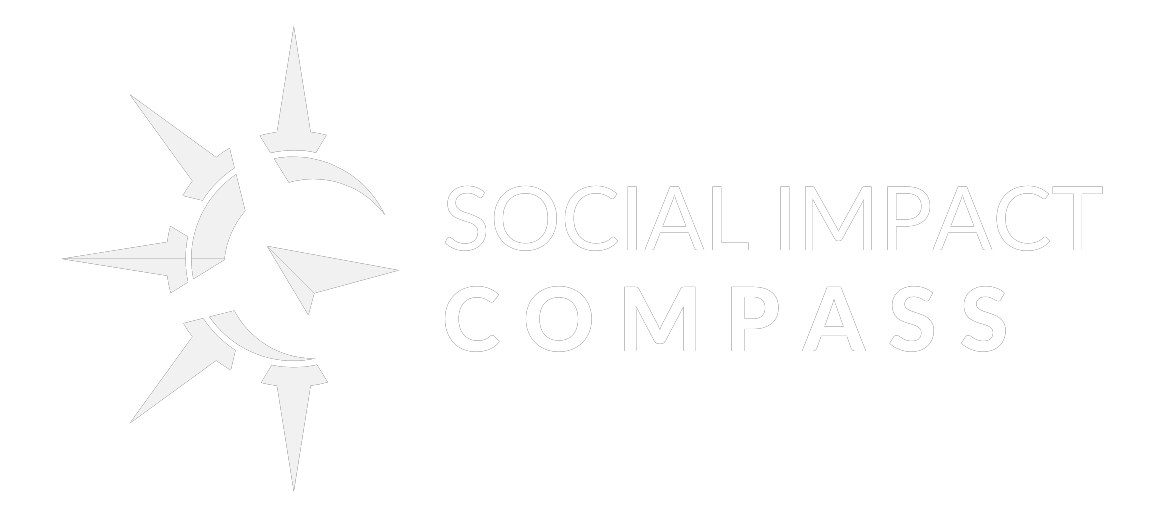What we need for social impact
2022 was a year of being more rooted in place than ever before. And while that place changes frequently —as my partner and I take utmost advantage of virtual work to experience and be part of new communities—, that is actually what made 2022 a year of deep learning for me.
In the light of that learning, I want to share with you a few recent reflections I had about the development space:
The potential is unbounded: Over the course of the year, I consulted for Danone and Panera, supporting their passionate HR and innovation teams to turn their sparks of social impact ideas into powerful, business-smart initiatives.
In parallel, I decided to amp up my pro bono support to local initiatives. This meant I spent time at a refugee shelter in Tapachula, Mexico writing grants; on zoom calls setting a strong fundraising foundation for a volunteer-led group of Vermonters that assists asylum seekers arriving in the state; and in the fields by my house gleaning for the Vermont Food Bank.
Wherever I turned, individuals in the private and non-profit sectors alike wanted to catalyze change. The potential impact of this is astounding. But it’s still just “potential”.
Guidance is eagerly— and sometimes desperately —being sought: I once heard a presentation about how, as a result of the tech revolution, the economy has fundamentally shifted from solutions focused on giving you more (ex. more film for your camera) to solutions focused on curating among the overwhelm (ex. Google Photos that helps you store, organize and find your million photos).
Those ardent individuals in the private and non-profit sectors? They knew there were countless fundraising, communications and social impact best practices and potential partners out there, but they didn’t know which were right for them, or how to use or go after them.
The secret is in curation: I noticed that the large corporate social impact initiatives and the volunteer asylum seekers support group have this in common: limited financial resources to hire an expert who can point them in the best direction and hand them the specific resources they need at THAT moment. Neither community groups nor corporate social impact initiatives have big budgets. And yet they so much need— and deserve —support to realize their impact potential.
Let me share a proof point from a growing sector: gender inclusion consulting. After just 4 months of receiving gender technical assistance from Value for Women (an organization I happen to collaborate with), a Ugandan investment fund went from having 15% women entrepreneurs in its portfolio to almost 30%. This is the kind of change that is possible when an organization is shown the direction, and the tools, that are exactly right for it.
PS- I mentioned I also had some big learnings on the personal front of late. The biggest one, thanks to getting dengue, was this: listen to your body and lean into rest.
